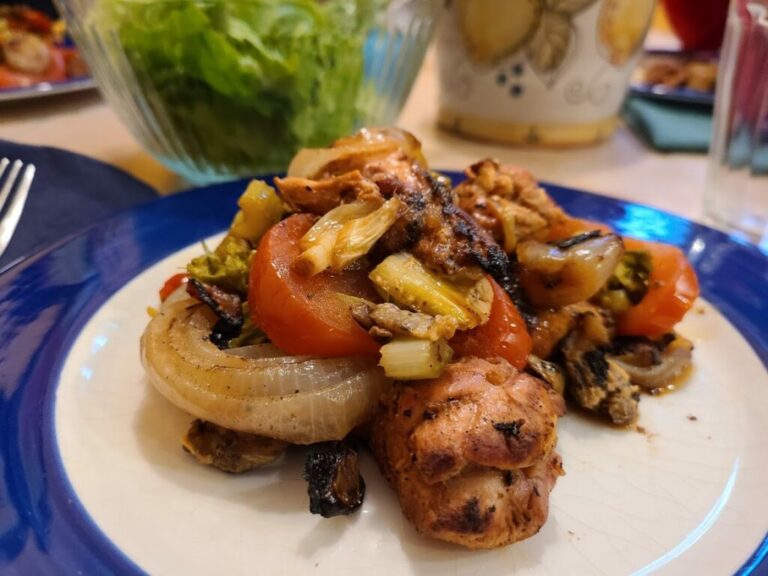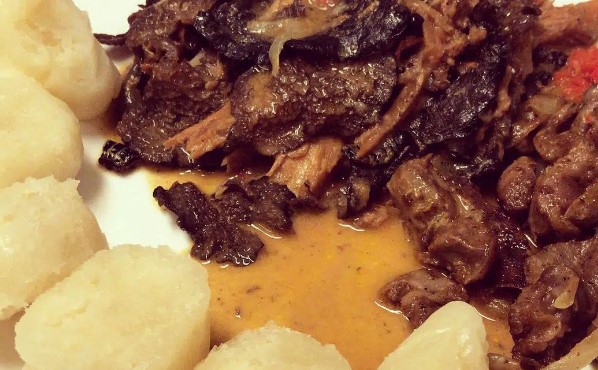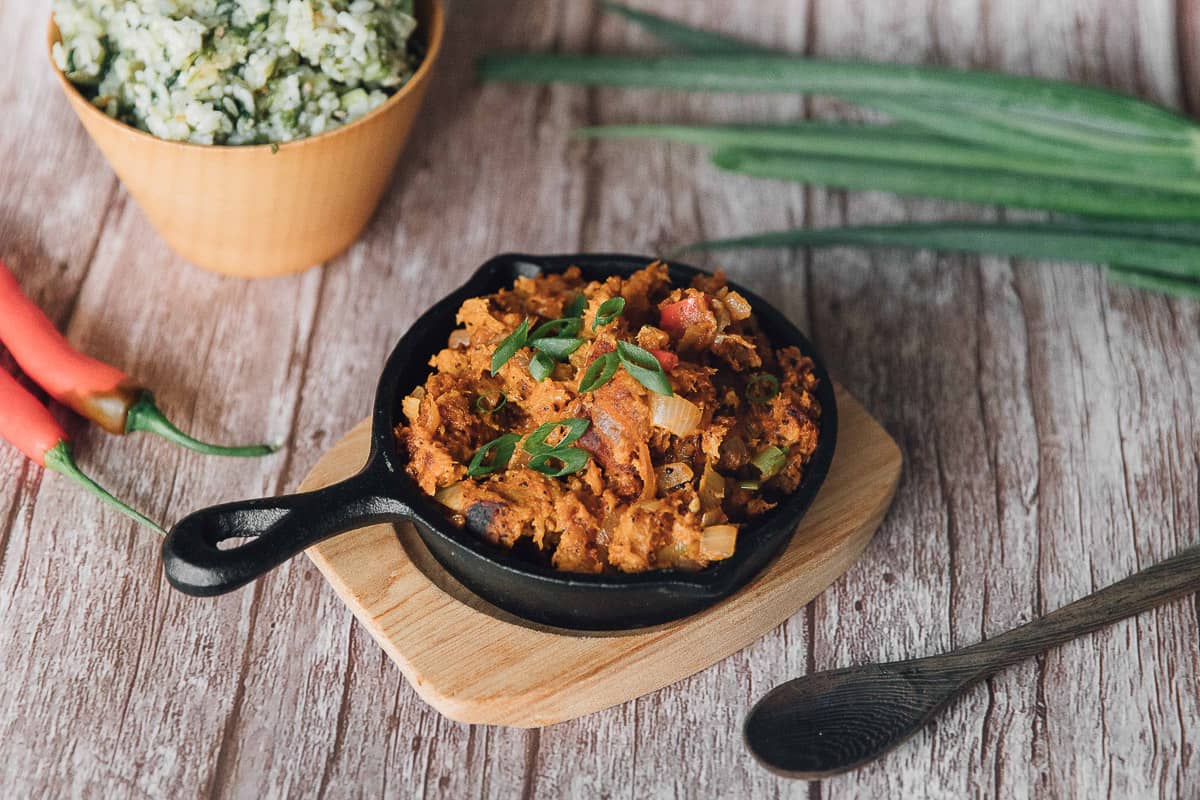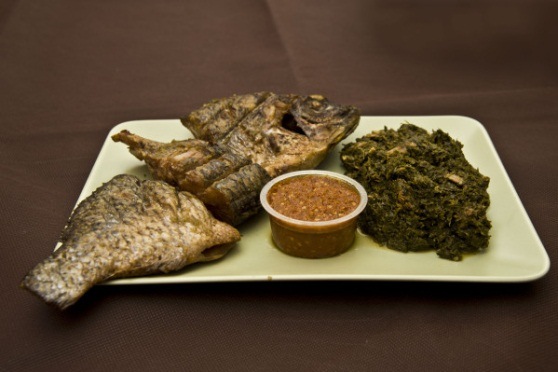Introduction
Street food is an integral part of the culinary culture of the Democratic Republic of the Congo, offering a variety of delicious and affordable options to its people. The country’s street food scene is a reflection of its rich culinary heritage, with influences from various ethnic groups and neighboring countries. From savory dishes to sweet treats, the street food of the DRC is sure to satisfy any craving.
Fufu and Ndakala
Fufu and Ndakala are two staple foods in the DRC that are commonly found in street food stalls. Fufu is a starchy dough made from cassava, yam, or plantains, which is often paired with a soup or stew. Ndakala is a spicy meat dish made from goat, chicken, or beef, cooked with tomatoes, onions, and peppers. Together, these two dishes make for a hearty and satisfying meal.
Fried Plantains
Fried plantains, also known as dodo, are a popular snack in the DRC. They are made by slicing ripe plantains and frying them until crispy. They can be eaten on their own or paired with a sauce or dip. Fried plantains are a sweet and savory treat that can be found at street food stalls throughout the country.
Kasava and Beans
Kasava and beans are another common street food in the DRC. Kasava, also known as cassava, is a starchy root vegetable that is boiled or steamed and served with a bean stew. The bean stew is made from red beans, onions, tomatoes, and spices. Kasava and beans are a filling and nutritious meal that is popular among locals.
Makayabu
Makayabu is a popular street food snack in the DRC made from cassava leaves. The leaves are boiled, mashed, and mixed with peanut butter, onions, and spices. The mixture is then rolled into balls and fried until crispy. Makayabu is a flavorful and crunchy snack that is perfect for on-the-go eating.
Sumbala and Rice
Sumbala and rice is a savory dish that is commonly found in street food stalls in the DRC. Sumbala is a fermented sauce made from locust beans and is used as a seasoning for rice. The dish is often served with grilled meat or fish and is a staple food for many Congolese.
Beignets
Beignets are a sweet treat that can be found in street food stalls throughout the DRC. They are similar to doughnuts and are made from a dough of flour, yeast, and sugar. The dough is then deep-fried until golden brown and dusted with powdered sugar. Beignets are a popular snack for breakfast or dessert.
Grilled Meat and Fish
Grilled meat and fish are a favorite street food in the DRC. They are often marinated in a blend of spices and grilled over an open flame. The meat or fish is usually served with a side of plantains, rice, or vegetables. Grilled meat and fish are a tasty and satisfying meal that is enjoyed by many Congolese.




